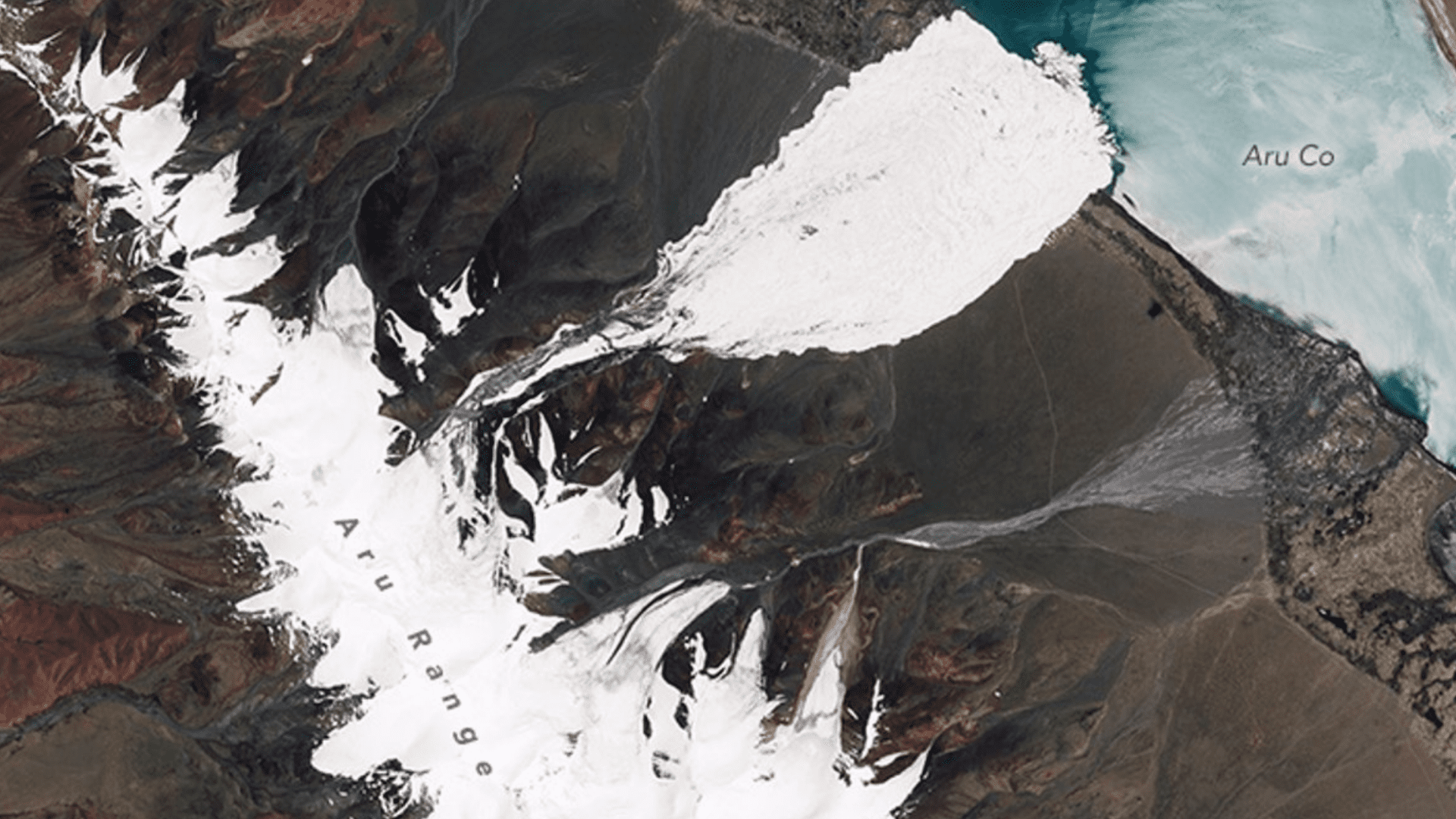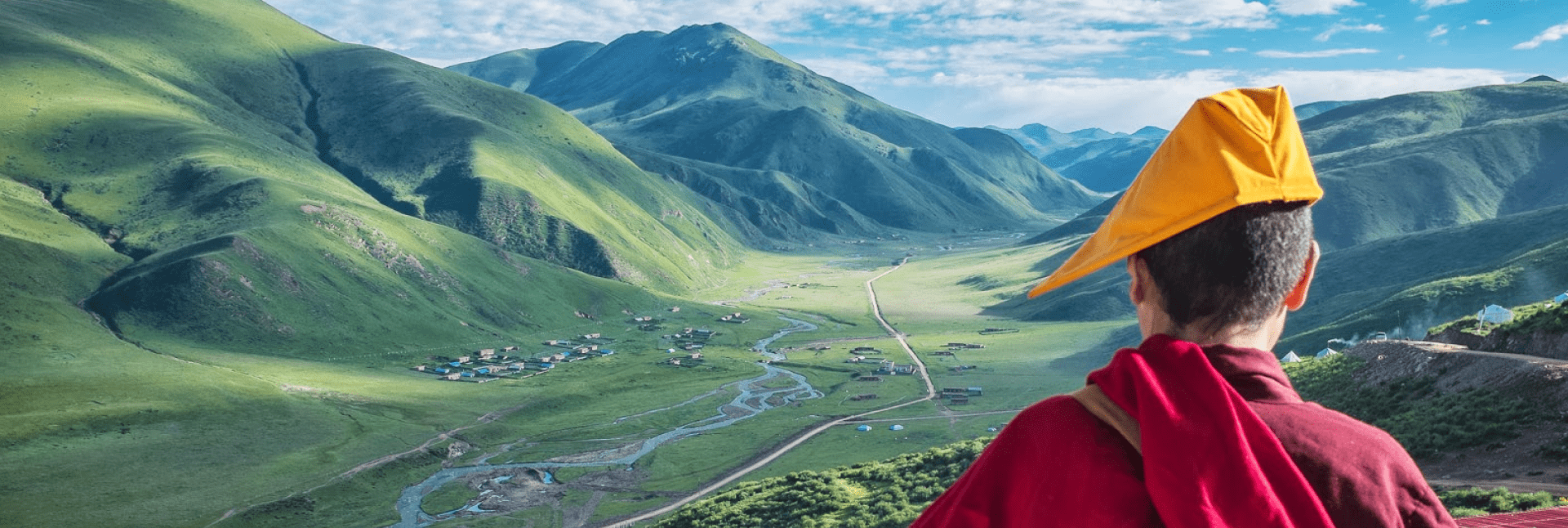
Tibetan Landscape Continues to Feel Effects of Glacier Collapse
Experts say climate change was behind the collapse of two glaciers in western Tibet in 2016
The collapse of two glaciers in western Tibet four years ago continues to have dramatic after effects, posing potential risks to nearby communities.
The twin avalanches took place in 2016 in western Tibet, just months apart, causing deaths and taking scientists by surprise.
According to Scientific American, more than three square miles of land were buried, killing nine people and hundreds of livestock when the first glacier collapsed in July 2016.
In an event “absolutely unique in known history” according to a leading expert, an adjacent glacier collapsed that September, barely a month later. Nobody was harmed by this second collapse.
Scientists have now discovered that a pair of mountain lakes, the Aru Co Lake and the Memar Co Lake, have also been affected, with the melting of the ice from the collapses causing the lakes to rapidly expand.The impact of the ice physically altered the Aru Co Lake’s shoreline, and the Memar Co Lake’s water level has risen by more than 2.5 feet each year between the years 2016 and 2019.
There are concerns that the two lakes could merge into one. This carries a risk of flooding, a change to the local ecology and a significant alteration to the landscape itself. The flooding, in particular, could have damaging consequences for the surrounding human communities, the natural ecosystem and other infrastructure.
Scientists have noted that climate change is part of the cause of the twin avalanches. Climate change has been significantly affecting the Tibetan landscape; even before the avalanches, the Memar Co Lake and lakes across the Tibetan Plateau were increasing at an alarming rate due to the warming of the region causing more rainfall. Other research has shown that Tibet has seen a 27.7 percent fall in glacial ice coverage.
The Tibetan Plateau, also known as the world’s Third Pole, has been scarred by both the global climate crisis and China’s environmentally degrading projects as they seek to extract Tibet’s natural resources.

